One of the specific classes I remember most vividly was actually one of the first chronologically. The professor was trying to teach us something and he succeeded with precision. It wasn’t a moment—It was a lesson.
On the first day of a freshman class called, “Two-Dimensional Design” (it was not a graphic design class), our professor asked our class a question. “What characteristics can a line have?” Well, after looking around at each other for a minute, someone replied, “a straight line?” The professor then had that student go up to the board to draw a straight line. “Great, what else,” he said, clearly looking for more, lots more. In no time, we had enthusiastically covered the usual suspects. A curvy line. A thick line. A short line. A long line. A calligraphic line. I think my contribution was a dotted line.

Then came something unexpected. A student who had previously sat silent, quietly said, “a happy line.” A happy line? Can a line be happy, we all wondered? The student walked up to the board and drew what he envisioned was a happy line. Finally getting to what the professor had been planning, that simple line opened up the minds of fifteen college students. Pretty soon, the board was filled with angry lines and sad lines and scary lines and feminine lines and old lines. We were thinking. We were being intellectually and artistically adventurous.
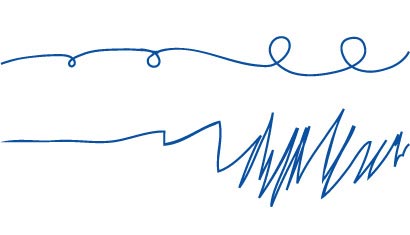
We also discovered that a simple line can be representational as well. A single, continuous line can accomplish many of the same things that a painting, drawing or sculpture can. A line can be a house or a smile or a landscape. A line can tell an entire story if designed skillfully.
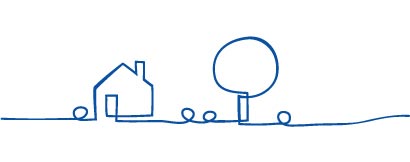
That professor, who is actually a painter, gave me my first glimpse into the world of design. Those lines were the first time that I realized that emotions and ideas and even stories (and later, brand strategies) could be shown through nonrepresentational forms. As designers, sometimes we have words to convey a message. Sometimes though, we have only a picture. Or a blue square. Or a line. We have the ability to give meaning to these forms simply by the way in which we craft them. We give lines meaning. We can even give words meaning, which is pretty damn powerful.
So yes, a line can be happy. A line can be anything you want it to be.



Since that day, since that class, I have always noticed the extraordinary things that lines can accomplish. Here are a few examples, chronologically:
“Stretching across the Nazca plains - like a giant map or blueprint left by ancient astronauts, lie the famous Nazca Lines of Peru. Etched in the surface of the desert pampa sand about 300 hundred figures made of straight lines, geometric shapes most clearly visible from the air. No one know who had built them or indeed why.”
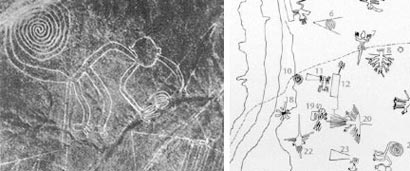

The wire sculptures of Alexander Calder
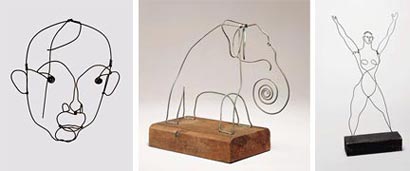

Crockett Johnson’s “Harold and the Purple Crayon”
“Crockett Johnson’s understated tribute to the imagination was first published in 1955, and has been inspiring readers of all ages ever since. Harold’s quiet but magical journey reminds us of the marvels the mind can create, and also gives us the wondrous sense that anything is possible.”
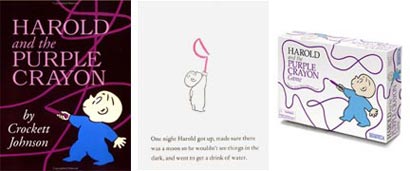

The illustrations of Laura Ljungkvist
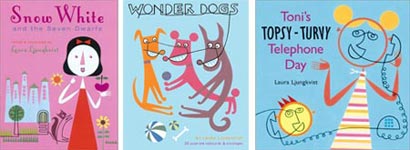
Covers for a series of novels by Isaac Bashevis Singer
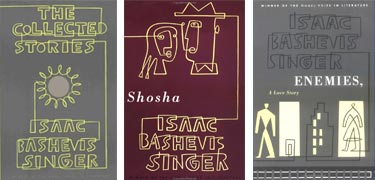
The “Monsoon Wedding” title sequence


The Corallo armchair by the Campana brothers
“This sculptural bench, introduced in April 2004 at the Milano Salone del Mobile, is made from bent steel wire and is meticulously hand-sculpted by skilled craftsmen at Edra.”
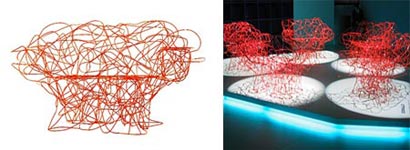








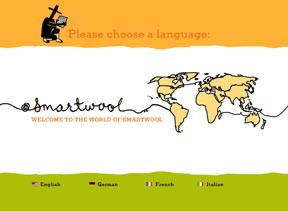
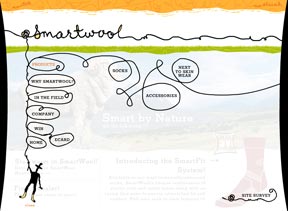
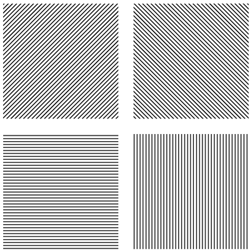










.gif)

Wicked. Great post David. (This is a lame comment, but I just had to say ...)
On Mar.23.2005 at 10:58 AM